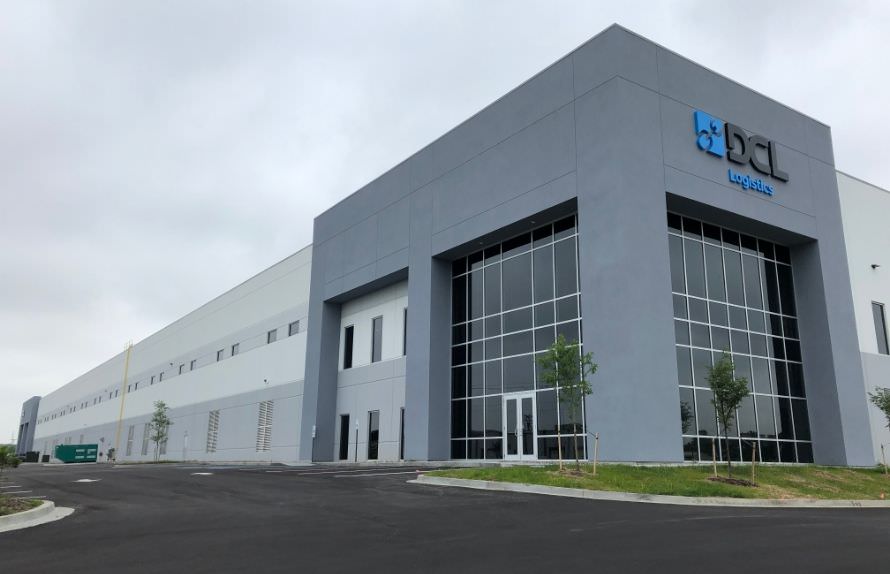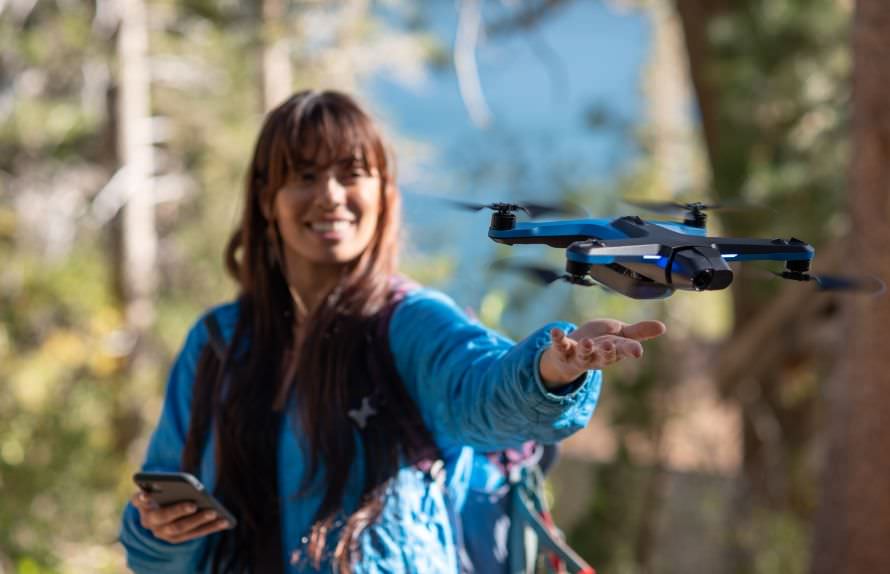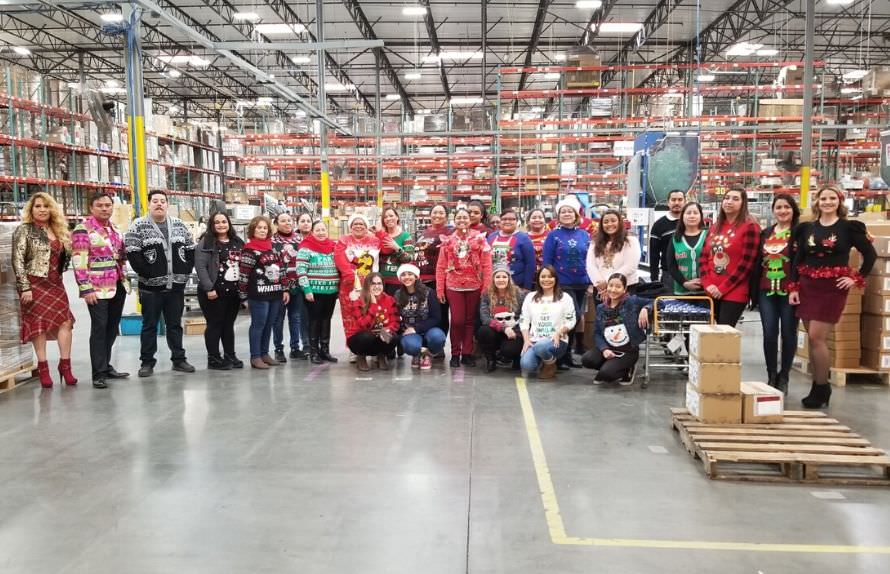
If you’re an omnichannel brand with a growing presence on TikTok Shop, you’ve probably wondered if (or when) using Fulfillment by TikTok (FBT) should be your next move.
Brands with high-velocity products and influencer-driven sales are flocking to TikTok Shop—and for good reason. With over 1.6 billion users globally, and a booming social-commerce ecosystem where 58% of TikTok users shop directly on the platform (around 70 million in the US alone), the opportunity is undeniable.
TikTok Shop’s US sales grew 120% year-over-year in 2024, and while there may be long-term implications for sellers based on platform ownership changes, it’s still one of the fastest-growing sales channels in ecommerce today.
But should TikTok also fulfill your products? It’s important to understand the requirements, benefits, and drawbacks of using TikTok’s fulfillment services, and when it makes sense for your omnichannel brand.
Defining Fulfillment Methods for TikTok Shop Brands
Customer satisfaction depends heavily on fulfillment and last-mile delivery; two areas of your operation that require strategic oversight. If you’re selling via TikTok Shop but not fulfilling orders in-house, you generally have two options to get TikTok Shop orders to your fans:
- Fulfilled by TikTok (FBT) – storage, picking, packing, and shipping are handled by TikTok’s fulfillment network.
- Fulfillment through a 3PL – you partner directly with a 3PL that supports TikTok fulfillment.
Many brands understand the pros and cons of outsourcing to a 3PL, but they may not know what’s at stake when using FBT. This article will outline many of those details to make a more informed decision.
If you’re curious about how a 3PL can help you with more than just TikTok fulfillment, here are some good resources on what to look for in a 3PL.

How Fulfillment by TikTok Works
If you’re a high-growth omnichannel brand selling on TikTok Shop, chances are this isn’t your only sales channel. Maybe you already use FBA (Fulfillment by Amazon), Using FBT for your TikTok Shop sales may feel like a natural extension, but these fulfillment models are not equal, and there are distinct differences worth understanding.
Services: FBT manages everything from inbound shipping to storage, pick and pack, outbound delivery, and even post-purchase support. TikTok does not have a robust network, rather they partner with other third-party logistics (3PL) providers to execute.
Warehousing: Brands can ship inventory to TikTok fulfillment centers (currently in Pennsylvania and Virginia) or direct to one of the partner warehouses.
Merchant Portal: Through the TikTok Merchant University portal, sellers can create inbound shipments, track inventory, and forecast replenishment needs.
Key Benefits of FBT
There are many key benefits to brands who choose to use TikTok’s fulfillment.
- 3-Day Delivery: TikTok promotes guaranteed 3-day delivery across the US for eligible orders. This isn’t a guarantee, but the promise can improve conversion rates and buyer confidence.
- Lower Fulfillment Costs: TikTok offers price incentives for some product types, including lightweight, low-unit orders. They prioritize single-unit picks (think, impulse purchase on a single item).
- Seller Protection: Merchants are shielded from any logistics-related violations or penalties, such as out-of-stock products or mislabeling.
- Order Protection: TikTok reimburses for lost, damaged, or mis-shipped orders—which can be a huge benefit for a brand with skinny margins.
- Free Storage (limited): Up to 30 days of free storage per inbound shipment—but read the fine print below.
The Drawbacks
One of the biggest concerns reported about FBT is operational issues. Because TikTok partners with external 3PLs, some brands have reported unreliable service, mis-shipments, missed SLAs, and lost inventory. Your brand is at the mercy of whichever 3PL TikTok chooses for you.
Here are a few other considerations:
- Storage Fees: TikTok fulfillment offers a “free” storage window, but the fine print is that it’s only for a short-term. The promotional rate through 2025 states that after 60 days TikTok charges around $0.05 per cubic foot per day, translating to $70–$90 per pallet and these charges can escalate dramatically over time. At first glance it may seem cheap but compare that to the industry average of $20 per pallet, it’s incredibly steep.
- Hub Placement Fees: Like Amazon, FBT charges per-unit inbound placement fees that can add up quickly. FBT prioritizes high-velocity products, and this is one way they increase margins with fees like this.
- Limited Customization: FBT uses standardized packaging, which means no branded boxes or inserts. For a hot new item, brand recognition can go a long way, without that your customer acquisition may suffer.
- Warehouse Location: Your inbound and outbound shipping routes (and freight costs) will be affected by shifting to new locations will your products be in a convenient location based on FBT’s warehouses?
- Fees for multiple picks: FBT’s single-pick fees are highly competitive, but costs rise significantly for multi-pick orders.
TikTok also saw a lot of volatility in 2025. Several fee adjustments happened across all aspects of their fulfillment services, not to mention the many headlines about changing ownership.
When outsourcing any fulfillment, you inevitably lose control and flexibility. It’s wise to measure these drawbacks against the control and access you might have when partnering with a 3PL.
When FBT Makes Sense
- High-velocity SKUs. FBT is designed for fast-moving products that turn quickly. If you have a trendy, seasonal item, with high influencer engagement, chances are it will do well.
- Low-unit, lightweight orders. FBT prioritizes single-unit or low-weight shipments where pick-and-pack are fast and easy, keeping fulfillment time and costs low.
- Low inventory volumes and high turnover. If you can keep <30 days of inventory in stock, FBT’s free-storage window can be very cost-effective.
When FBT Doesn’t Make Sense
- High units per order. Multi-unit orders erode the cost advantage.
- Bulky or high-DIM products. TikTok’s pricing penalizes dimensional weights over 166, making FBT expensive for larger or heavy items.
- High-touch items. Due to inconsistent fulfillment performance, if you have premium products that need high-touch fulfillment, assembly, or specialized kitting; they won’t fair well here.
- Multiple SKUs. The combination of high storage fees and fee volatility makes FBT less attractive for large catalogs or slower-moving items.
Bottom Line
For small, fast-moving SKUs with low storage needs, Fulfilled by TikTok can be a smart play, particularly if your brand thrives on viral moments, influencer traffic, and the “see it, buy it” momentum TikTok is known for.
However, larger, customized, or slower-moving inventory may be better handled by a seasoned omnichannel 3PL partner who can integrate TikTok Shop alongside Amazon, Shopify, and your own DTC site.
And while TikTok continues to evolve its fulfillment model, amid ongoing scrutiny around ownership and regulation, brands should weigh the short term sales benefits against long-term operational stability.
FBT fits speed-driven social commerce. Just make sure it also fits your cost structure, brand experience, and growth strategy.
Brian is DCL’s Chief Revenue Office. He has over 20 years of sales and operational experience. He oversees sales, marketing and client services focusing on exceptional customer support.










